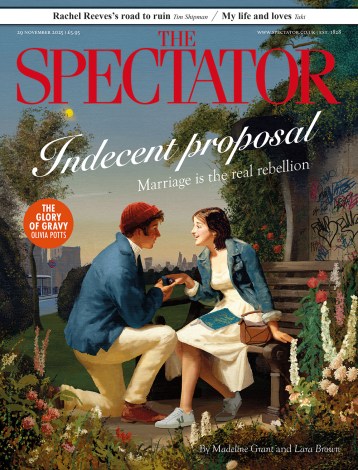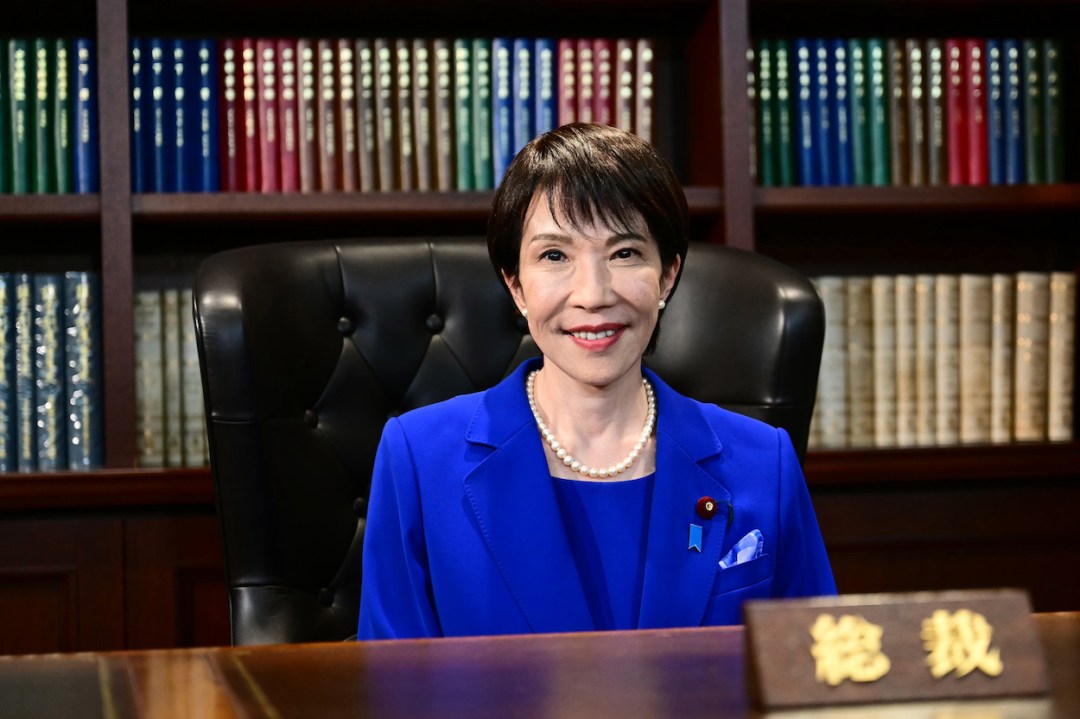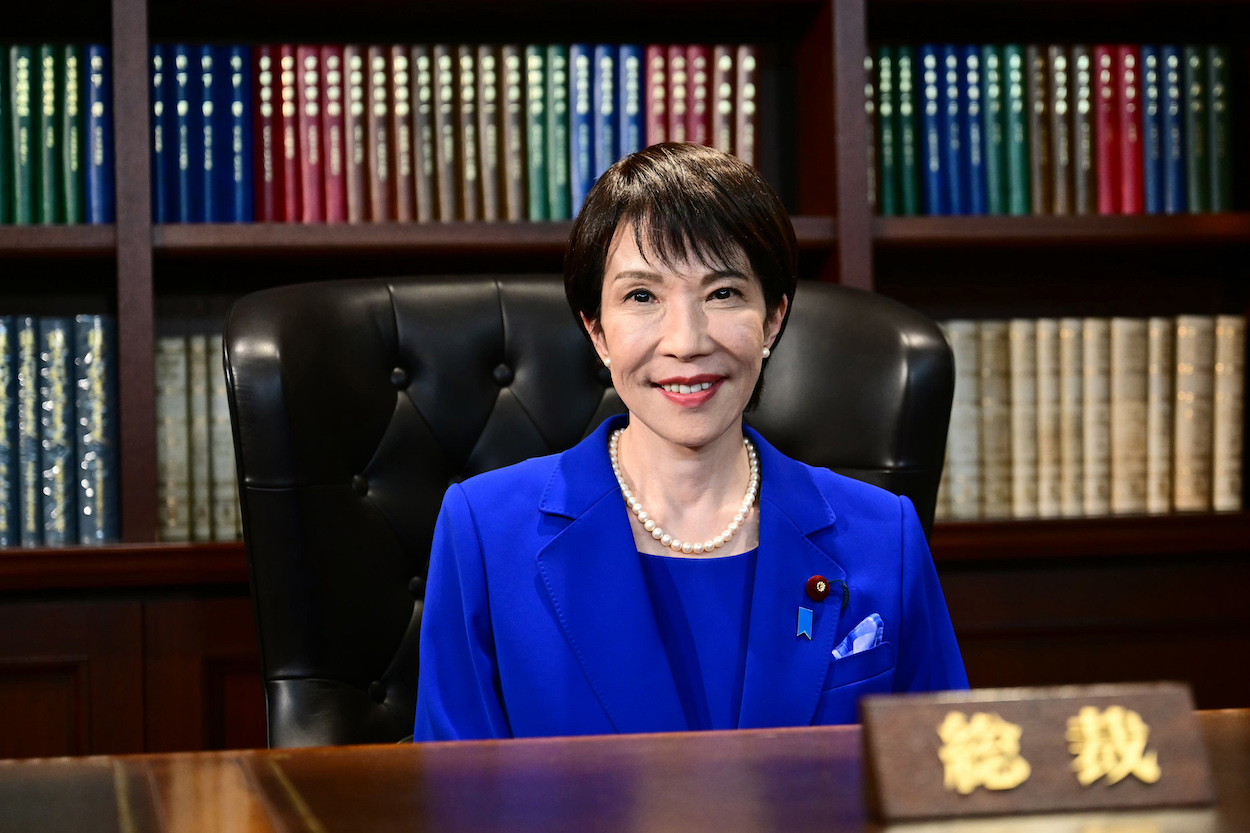A former heavy metal drummer and biker is not someone the world would expect to become a prime minister of Japan. Particularly if that someone is a woman. But that is what is likely to happen tomorrow. Last month, 64-year-old Sanae Takaichi became the first female head of the Liberal Democrat Party – the party that has ruled Japan for all but 4 of the last 70 years – and soon she will be Japan’s first female prime minister too.
On Monday, Takaichi signed off on a coalition pact with the right-leaning libertarian Japan Innovation Party (Ishin). They have replaced the Komeito, the socially conservative party that is affiliated with Soka Gakkai, a Buddhist organisation founded in 1930 which is dedicated to the teachings of the 13th century priest Nichiren. Komeito were the junior partners to the LDP for 26 years.
Nevertheless, the LDP, which suffered their second worst ever electoral result after prime minister Shigeru Ishiba called a snap election just one month after taking office in September 2024, will remain two votes short of a majority. That will not prevent Takaichi from forming a minority government. Given that President Donald Trump arrives in Tokyo on 27 October, there is a pressing need for a Japanese prime minister to be in place to help negotiate trade and tariff talks. No doubt Takaichi will seek some relief from the 15 per cent levies introduced by Trump on Japanese exports to the US, which came combined with his demand for $550 million of investment.
As the New York Post trumpeted last week: ‘Trump ready to rock with heavy metal drummer’. Ever the flatterer, Trump has already described Takaichi’s leadership as ‘tremendous news’. He is likely to be encouraged by her worship of Margaret Thatcher, who Takaichi met shortly before her death.
Takaichi rise to power was enabled by former prime minister Taro Aso, the LDP’s current kingmaker; he is the grandson of Japan’s Shigeru Yoshida who ranks with Germany’s chancellor Conrad Adenauer as one of the great post-war political figures who reintegrated the defeated powers into the world order. Aso saw in Takaichi the politician who could keep out the more left-leaning of the LDP’s factional leaders.
Takaichi is also the protege of Shinzo Abe, the most consequential Japanese prime minister of the last 50 years. His economic policies, known as ‘Abenomics’, revived the Japanese economy from its 20-year slough, known as the ‘Lost Decades’ that followed the great financial crash that began in January 1990. Abe, who was assassinated in 2022 combatted Japan’s persistent deflation by pursuing easy money policies, fiscal stimulus and structural economic and social reform to increase competitiveness. We can expect more of the same from Takaichi.
The beginning of her campaign was somewhat flatfooted. Takaichi started electioneering in her home city of Nara, Japan’s ancient capital famous for its temples and roaming deer, and began her bid for power by complaining in a laboured anecdote about foreign tourists. As a right-wing Japanese friend said to me over the weekend, Takaichi’s views on immigration did little to play down her reputation as an ultra-nationalist. Her fundamentalist approach on immigration has even led former Japanese leader Fumio Kishida to give her the nickname ‘Taliban’.
Rising immigration of young Asian workers, much needed by Japan’s ageing population, has coincided with a perceived rise in crime rates. While the admittedly thin statistics are played down by the left who point out that foreigners account for just 3 per cent of Japan’s population, the right has been less forgiving. JAPAN Forward, an English language online newspaper financed by the right-wing Sankei Shimbun newspaper recently posted: ‘Foreigners are just 3% of Japan’s population, yet arrests for serious crimes by foreigners have risen. Why does the media emphasize only benefits?’
Racism and the fixed belief in Japanese racial superiority has long been a feature of Japanese society. The seven years I lived in Japan can attest to that. Memorably one Japanese restaurant owner very politely informed me: ‘We don’t serve white people.’
However, a younger, better travelled generation of Japanese, are increasingly liberal. Noticeably, Takaichi has sought to move her image to more central ground. ‘I realised last year for the first time that people might have thought of me as a very extreme, right-wing conservative,’ she recently opined. ‘I think I’m an extremely ordinary person.’
Japanese prime ministers do not tend to last long
On the global stage she will clearly be perceived as a right winger. She is supportive of Taiwan and is an outspoken critic of China. No Japanese prime minister of Japan has visited China since 2013 and she is unlikely to break that mould. She is also a member of the 70,000 strong Nippon Kaigi, an organisation supported by many LDP right-wingers, which denies the holocaust in China in the Second Sino-Japanese War (1937 – 1945).
Nevertheless, Takaichi has sought to tone down the rhetoric. She has simply said that the Japanese army’s war crimes are very exaggerated. (They are not.) But this year she did refrain from visiting the Yasakuni Shrine to honour Japan’s war dead, including its war criminals.
Japanese prime ministers do not tend to last long. Since the second world war a third of Japanese prime minister have lasted for less than a year. Leading a weak minority government and facing formidable economic problems, particularly in the face of Trump’s tariff policies, Takaichi is unlikely to last a four-year term.
Her policies of lower taxes combined with more government spending bear an uncanny resemblance to those of Liz Truss. The Japan Times has already pointed out the similarities. Therefore, she could probably have done without the enthusiastic support of Truss, who, in a post on X, claimed that Takaichi’s victory was a ‘pushback against economic stagnation, excessive migration and the diminution of national sovereignty’.
But at least she has broken the glass ceiling. Japanese women, formidable in a domestic context where they describe their hen-pecked husbands as Gokiburi(cockroaches), may now become a greater force in Japanese politics. Much will depend on Takaichi’s performance. Will she become known as an ‘Iron Lady’ or ‘lettuce lady’?








Comments